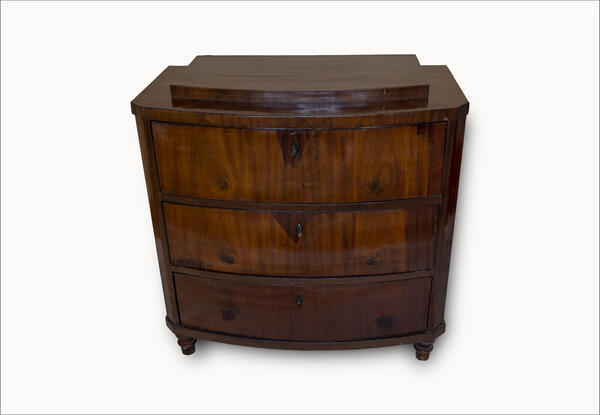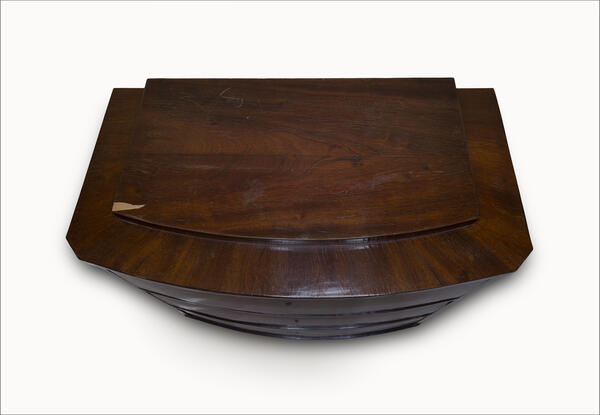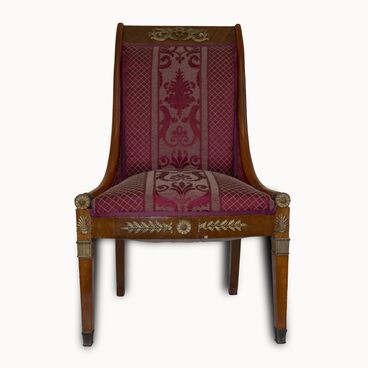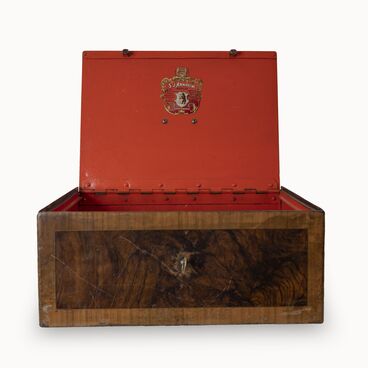Before dressers came about, there were ordinary chests. Even though it could be found in almost every home, a chest was not very convenient to use. The process of finding the right item in it took a lot of effort. To open a chest, it was necessary to move a bench next to it, then stand on it and lift a heavy lid. Only then a long search for the required thing could begin. Subsequently, chests were improved to the point where a new type of furniture called a dresser was introduced.
Dressers gained wide popularity at the height of Rococo in the early 18th century. During that period, apart from their primary purpose, they took on a new function of fitting the atmosphere of a rich, aristocratic interior. There were extravagant changes made to the design of a dresser: its shape became more rounded, its legs were made curved with carvings on them, and the surface was embossed, gilded, and often inlaid with precious gemstones or metals.
Fittings for such dressers were a true work of art — there were vine-shaped handles made of gold or silver, silver onlays, and locks shaped like various figures. For those who could not afford such luxuries, there were items without any decoration.
The collection of the Decembrists House Museum includes a dresser in the Empire style, that was widely popular in Russia. It gained some new original features while taking its final shape in the first reigning years of Alexander I. Its concept can be explained through the words of the architect Carlo Rossi,
Dressers gained wide popularity at the height of Rococo in the early 18th century. During that period, apart from their primary purpose, they took on a new function of fitting the atmosphere of a rich, aristocratic interior. There were extravagant changes made to the design of a dresser: its shape became more rounded, its legs were made curved with carvings on them, and the surface was embossed, gilded, and often inlaid with precious gemstones or metals.
Fittings for such dressers were a true work of art — there were vine-shaped handles made of gold or silver, silver onlays, and locks shaped like various figures. For those who could not afford such luxuries, there were items without any decoration.
The collection of the Decembrists House Museum includes a dresser in the Empire style, that was widely popular in Russia. It gained some new original features while taking its final shape in the first reigning years of Alexander I. Its concept can be explained through the words of the architect Carlo Rossi,





